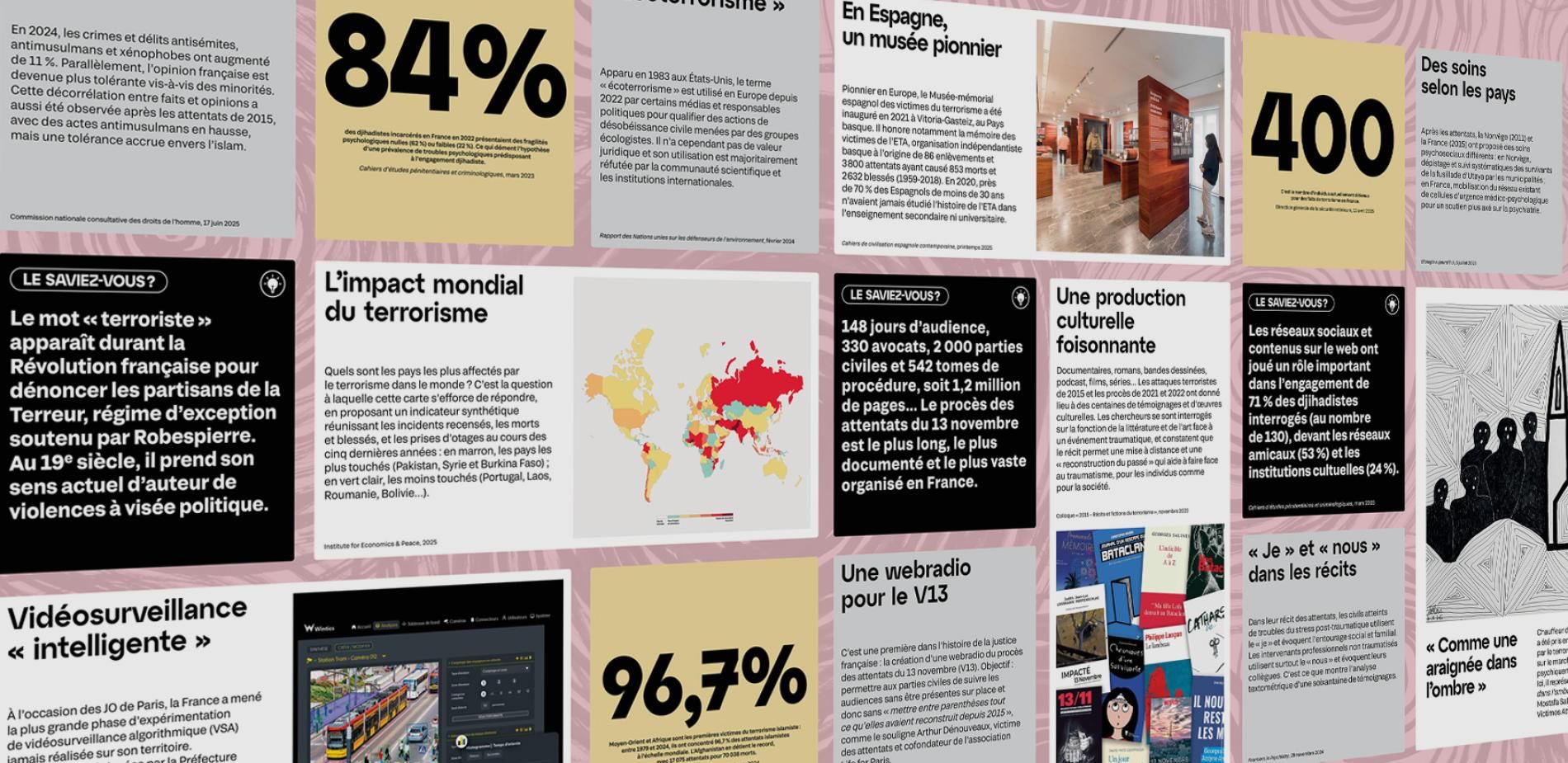
In brief – What science says about terrorist attacks
These news are taken from the exhibition ‘13 November 2015: what does science tell us about the attacks?’, currently on display at the Cité des Sciences et de l'Industrie.
La rédaction du Blob - Published on
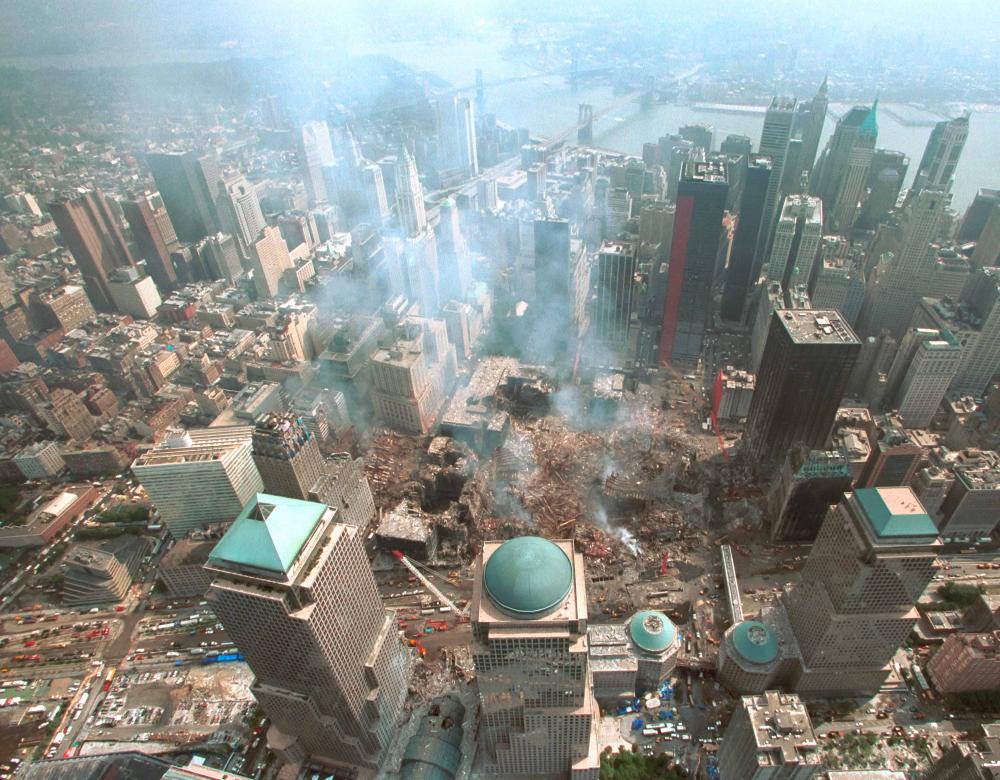
11 September, the turning point
11 September 2001 redefined counterterrorism by resulting in the mobilisation and in-depth reshaping of security policies at international level. Attacked on their own soil for the first time, the United States launched a “war against terrorism” in Afghanistan and then in Iraq. They restructured their security doctrine by adopting a preventive strategy and exceptional, sometimes debatable, security instruments.
Reinforced prevention in Europe
With a view to broadening the definition of “terrorist offence” and improving prevention, the Council of Europe has just adopted a Protocol of Amendment to the Convention on the Prevention of Terrorism in force since 2007. Public provocation, recruitment and training now qualify as criminal offences.
Council of Europe, 9 July 2025
A Memorial Garden in Paris
On Place Saint-Gervais, behind Paris City Hall, the Memorial Garden in tribute to the victims of the 13 November attacks opened to the public on 21 June 2025. Designed in collaboration with the 13onze15: Fraternité et Vérité and Life for Paris victims’ associations, this place of contemplation represents the six attack sites. The victims’ names are inscribed on the corresponding site’s stela: Stade de France, Bataclan, La Belle Équipe, Le Petit Cambodge, and so on…
City of Paris, 24 June 2025

“I” and “we” in narratives
In their narratives of the attacks, civilians suffering from post-traumatic stress disorders use “I” and evoke their social and family circle. Untraumatised professional responders mostly use “we” and evoke their colleagues. This is what textometric analysis of some sixty testimonies shows.
Frontiers in Psychiatry, 29 November 2024
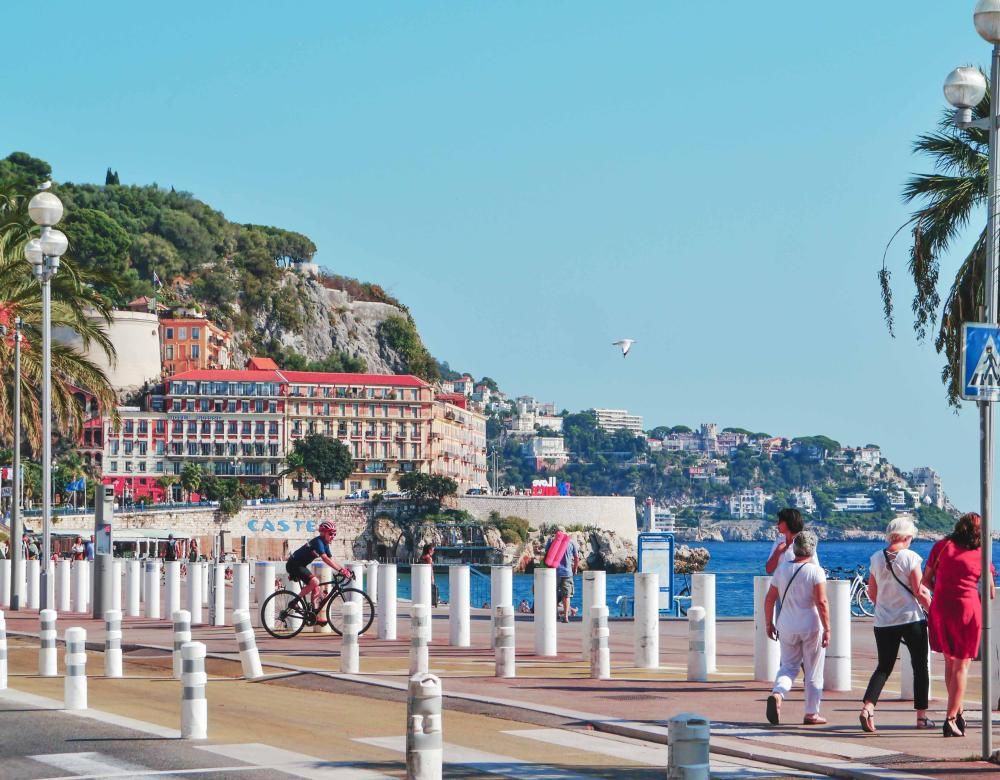
Nice’s Promenade refurbished
The Promenade des Anglais in Nice was refurbished following the attack on 14 July 2016. A row of metal bollards and palm trees now separates the pedestrian area from the roadway, for a “greener, safer and more enjoyable” experience, according to the municipality. The official memorial is in the gardens of the Massena Museum, facing the Promenade, at a distance appreciated by some of the victims’ loved ones and regretted by others.
Questions de Communication, 2025
Treatments according to country
After the attacks, Norway (2011) and France (2015) provided different kinds of psychosocial care: in Norway, municipalities systematically screened and monitored survivors of the Utøya shooting; in France, an existing network of medico-psychological emergency units was mobilised, providing support that focused more on psychiatry.
Biologie aujourd’hui, 6 July 2023
Terrorism, a disputed definition
There is no stable, consensual definition of the world “terrorism”. In Europe, it refers to violent acts perpetrated in order to seriously intimidate a population or destabilise a State, always with a political motive. In the United States, the definition is broader: any dangerous act aiming to influence the population or the government can be described as terrorist, even when no political goal has been established.
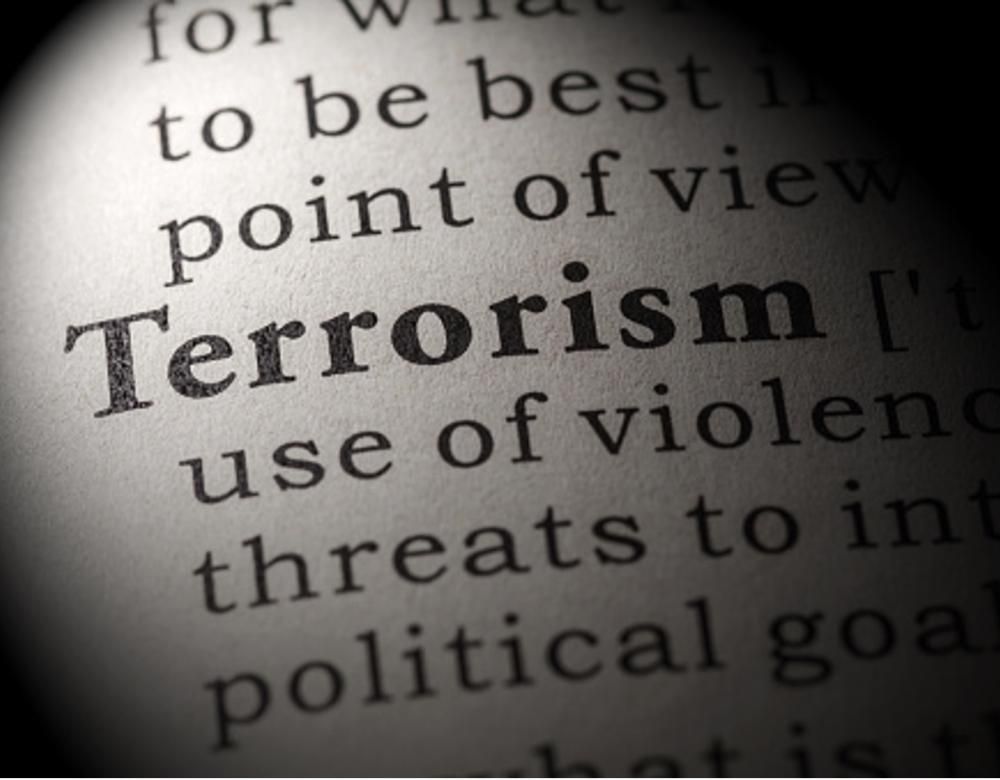
Women of Daesh
500 of the 5,500 Europeans who travelled to Syria and Iraq when Daesh was at its strongest were women. They sometimes took part in actions on the ground and attack projects. In France, when they returned, they were sentenced to longer prison terms than elsewhere in Europe: 6 years for logistical support and 30 years for association with terrorists.
International Centre for Counter-Terrorism, 31 January 2024
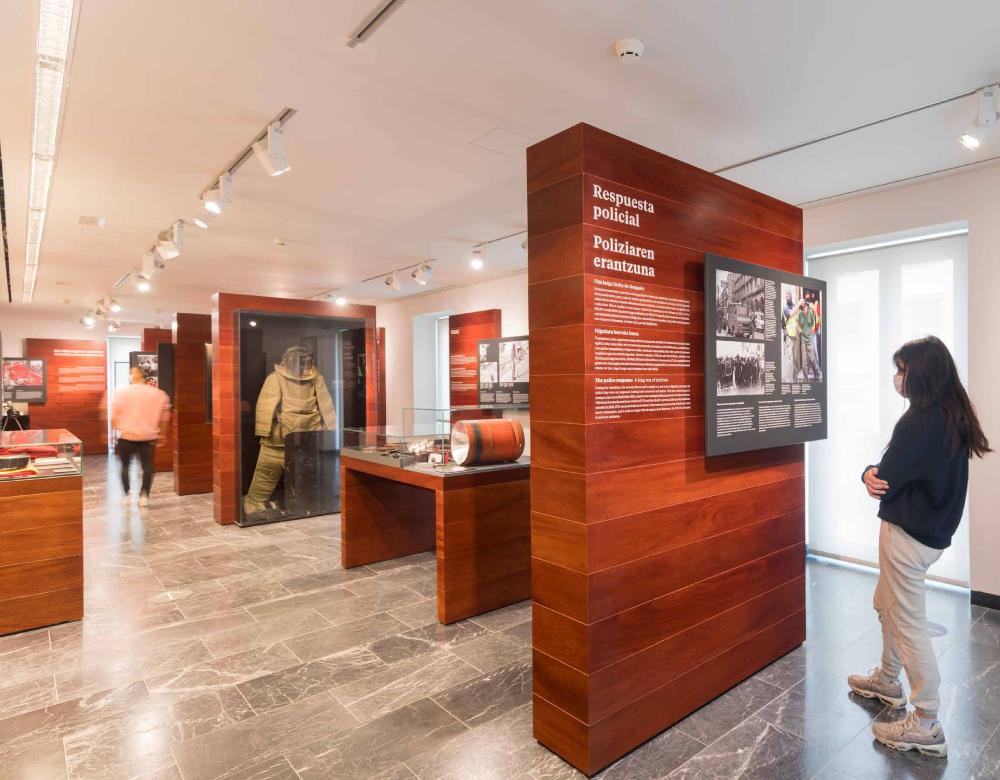
In Spain, a pioneering museum
A pioneer in Europe, Spain’s Memorial Centre for Victims of Terrorism was inaugurated in Vitoria-Gasteiz, in the Basque Country, in 2021. In particular, it honours the memory of the victims of the ETA, a Basque separatist organisation responsible for 86 kidnappings and 3,800 attacks that killed 853 people and injured 2,632 more (1959-2018). In 2020, 70% of Spaniards under the age of 30 had never studied the history of the ETA either at secondary school or university.
Cahiers de civilisation espagnole contemporaine, spring 2025
The threat posed by the extreme far right
Since 2019, Europe has been faced with a rise in violent actions on the part of the extreme far right. Supported by racist theories hostile to immigrants, most such actions, which are still rare, are perpetrated by individuals acting alone but participating in online communities. Germany, Sweden and France are among the countries most concerned.
Council of Europe Counter-Terrorism Strategy, February 2023
Oklahoma City, 30 years later
2025 marks the thirtieth anniversary of the truck bomb attack in Oklahoma City that killed 168 people and injured more than 680 on19 April 1995. Its perpetrator, Timothy McVeigh, a former Gulf War soldier committed to the far right, hoped to “cause a general uprising” by attacking a federal building. The Oklahoma Memorial Museum is one of the first of its kind worldwide.
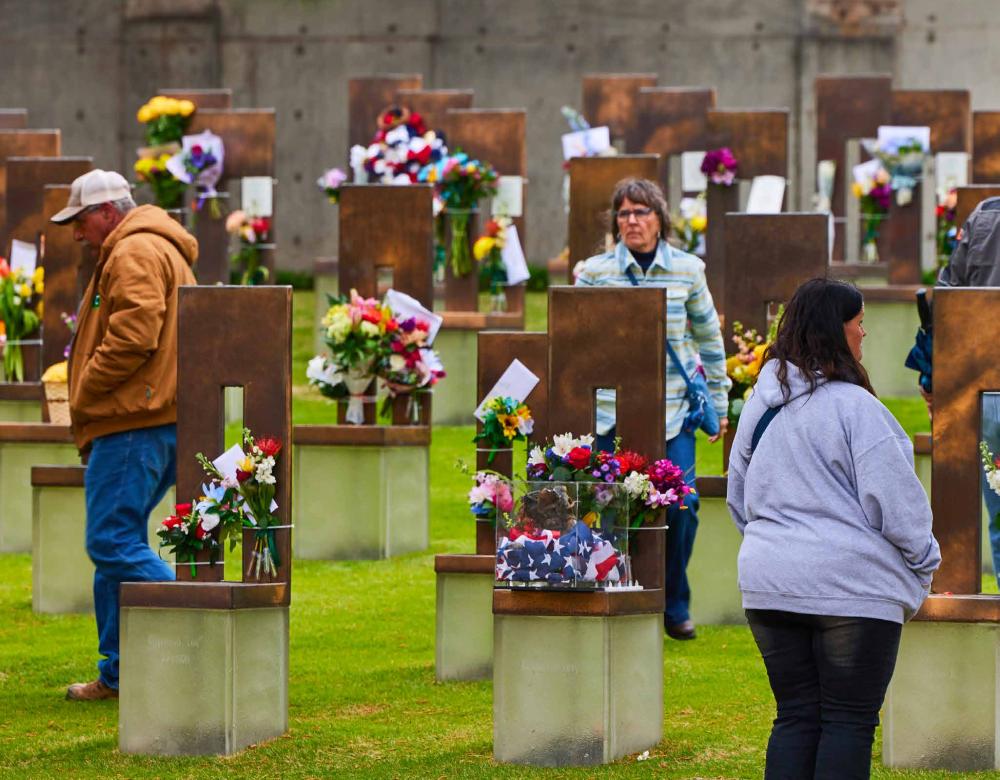
Opinions and events
Racist crimes and offences increased by 11 % in 2024 but French opinion became more tolerant towards minorities. This decorrelation between events and opinions was also observed after the 2015 attacks, with anti-Islamic acts on the rise but greater tolerance towards Islam.
National Consultative Commission on Human Rights, 17 June 2025

“Smart” video surveillance
The Paris OGs saw France carrying out the largest-scale trial phase of algorithmic video surveillance (AVS) ever conducted on its soil. 485 cameras deployed by the Paris Police Prefecture and the RATP were connected to Wintics’ Cityvision artificial intelligence software, capable of real-time detection of risk situations such as abandoned objects, crowd movements and falls. The trial phase came to an end in March 2025.
Long-term victims
The 11 September 2001 attacks in New York made more victims among firefighters exposed to toxic fumes in the rubble of the towers, containing asbestos, benzene, arsenic and sulphuric acid among other poisons. Result: chronic diseases identified among 75% of rescuers and a 13% greater risk of cancer than among unexposed firefighters.
Occupational & Environmental Medicine, 10 September 2021
High-tech scanners in airports
Since 2024, Paris airports have been trying out a new generation of 3D scanners developed by the American company Smiths Detection. These devices use computer tomography to generate high-resolution volumetric images providing automatic detection of explosives. As travellers no longer have to remove electronic devices and liquid products from their bags, security procedures are expected to be 30% faster.
Paris Aéroport, March 2024
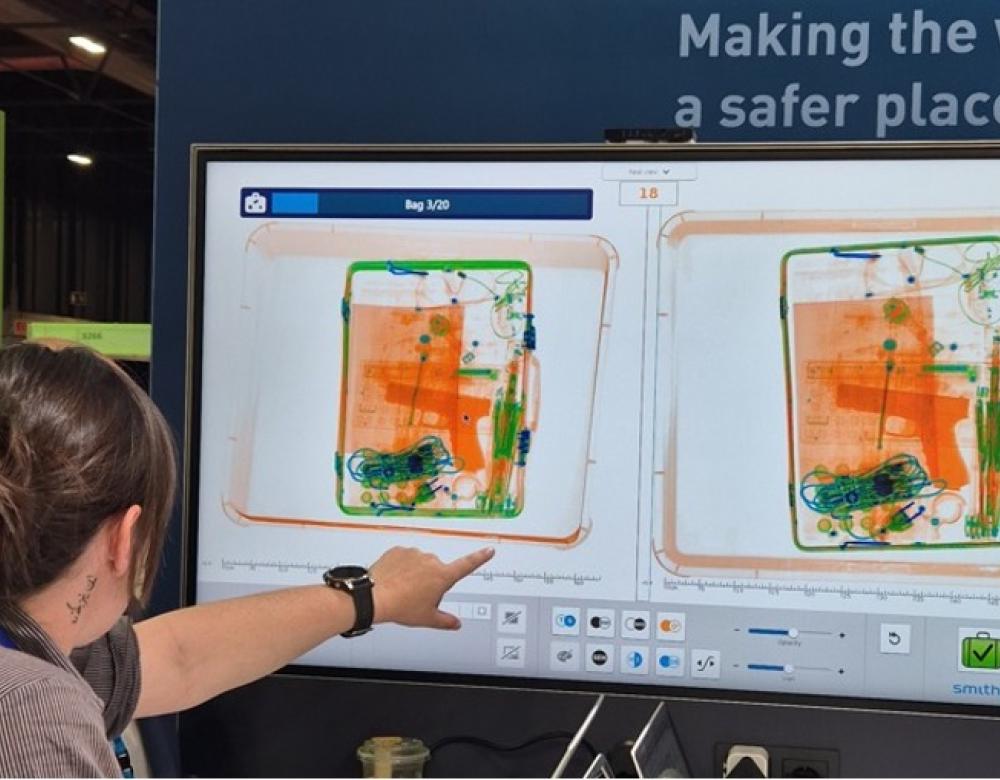
A web radio for the “V13” trial
It was a first in the history of French justice: creation of a web radio for the 13 November attacks trial (V13). Objective: to enable civil plaintiffs to follow the hearings without being present in situ and so without “putting everything they had reconstructed since 2015 on hold”, as Arthur Dénouveaux put it, a victim of the attacks and cofounder of the Life for Paris association.
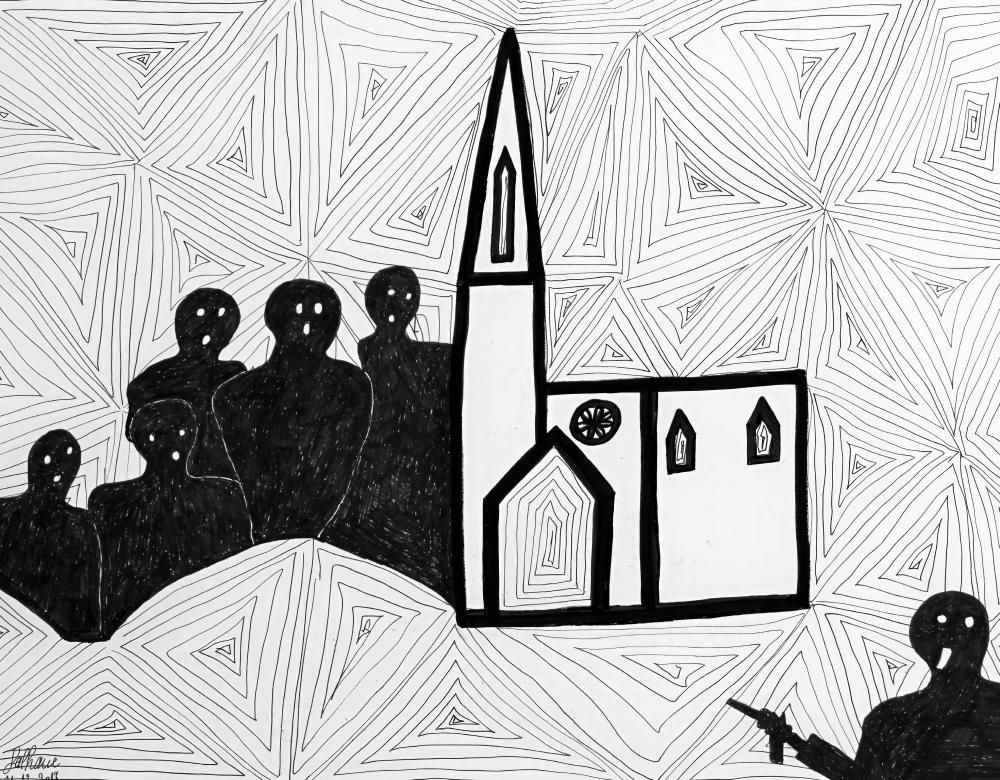
“Like a spider in the shadows”
Mostafa Salhane, a Salzburg taxi driver, was taken hostage on the evening of the 11 December 2018 by the terrorist who had just killed several people at the Christmas market. Seeking to find psychological closure after his ordeal, he discovered an artistic vocation. Here, he depicts the terrorist, who, “like a spider in the shadows, wove his web over Strasbourg”. Mr Salhane also chairs the Victimes Attentats de Strasbourg association.
"Eco-terrorism"
First appearing in 1983 in the United States, the term “eco-terrorism” has been used in Europe since 2022 by various media outlets and political leaders to describe the acts of civil disobedience carried out by ecologist groups. The use of this term, which has no legal value; has been criticised by the scientific community and international institutions.
United Nations Report on Defenders of the Environment, February 2024
Not just one, but many terrorisms
Between 2010 and 2021, most so-called “ethno-nationalist” and “separatist” attacks occurred in Europe, with the Basque ETA organisation in Spain, the Irish Republican Army (IRA) in Ireland and the Kurdistan Workers Party (PKK) in Germany among their perpetrators. But it was Islamist terrorism that was the deadliest. In third place, far-left and anarchist terrorism has recently focused on 5G antennas and substandard housing.
Europol’s Annual Report on the Situation and Trends in Terrorism in Europe (2011 to 2022)
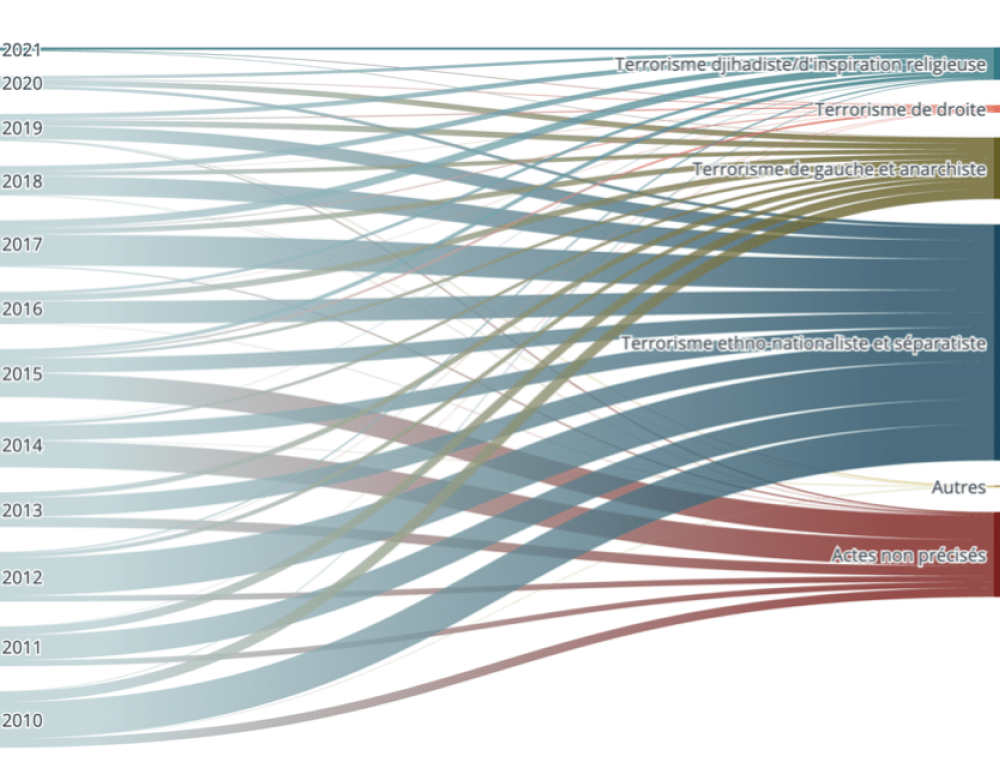
Political memory
Five years later, understanding of the 13 November attacks seems to be connected with political opinions. On the right of the political chessboard, “the excessive number of immigrants” and lack of police capacity are called into question; on the left, “religious and cultural tensions”, “social, economic and educational failure” and foreign policy are blamed.
Biologie aujourd’hui, 6 July 2023
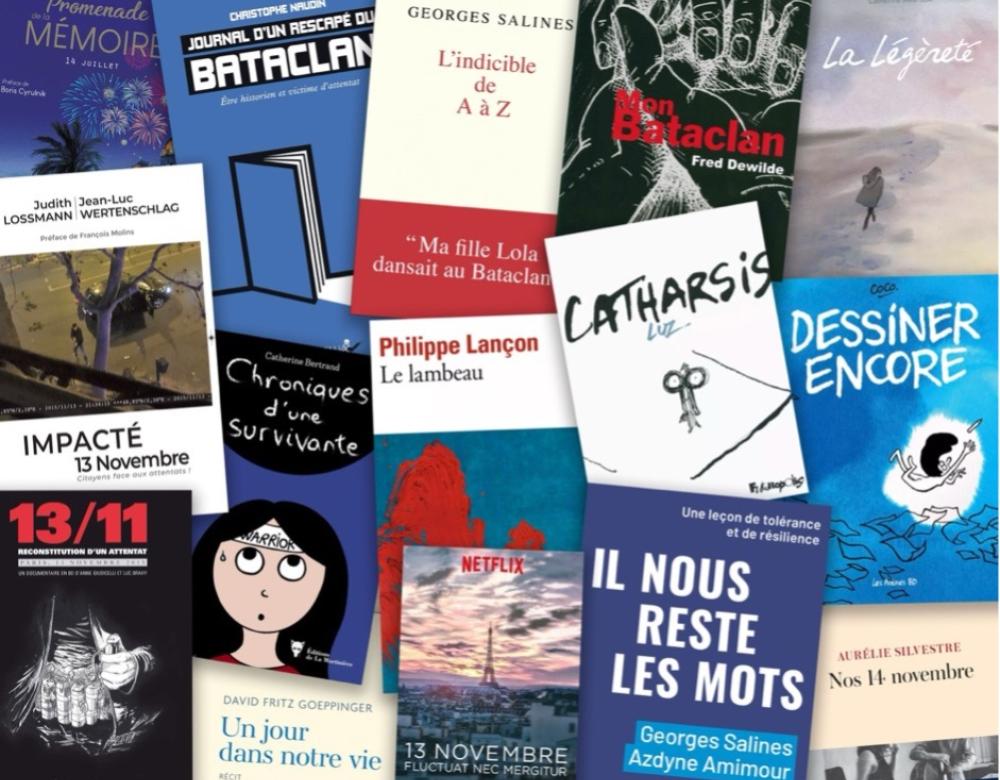
Prolific cultural production
Documentaries, novels, comic books, podcasts, films, TV series and more… The terrorist attacks in 2015 and the trials in 2021 and 2022 gave rise to hundreds of testimonies and cultural works. Researchers who looked into the function of literature and art in the face of traumatic events found that narratives enable distancing and a “reconstruction of the past” that helps individuals and society alike to deal with the trauma.
Colloquium “2015 – Narratives and Fictions of Terrorism”, November 2023
Did you know?
Social media
The social media and web content played a major role in the commitment of 71% of the jihadists questioned (130 in all), ahead of networks of friends (53%) and religious institutions (24%).
Cahiers d’études pénitentiaires et criminologiques, March 2023
AI, a double-edged sword
AI is a double-edged sword. It helps prevent attacks by analysing conversations but it provides terrorists with invaluable online tools thanks to bots and deepfakes.
Conference on Terrorism in the Era of AI, Senate, 14, April 2025
French Revolution
The word “terrorist” first appeared in the French Revolution to denounce partisans of the Reign of Terror, a brutal regime supported by Robespierre. It took on its present-day meaning of perpetrator of acts of violence for political ends in the 19th century.
Theft of a fresco
In 2018, the graffiti artist Banksy painted a fresco in tribute to the victims of the attacks on one of the Bataclan’s emergency exits. Stolen in January 2019, the work, Sad Girl, was recovered in Italy in June 2020.
First compensation payments
France started to compensate attack victims in 1800 after the explosion targeting Bonaparte in Rue Saint-Nicaise in Paris. At the time, a committee set compensation at between 25 and 4,500 francs depending on the seriousness of the injuries.
V13, the trial that broke all records
148 of hearings, 330 lawyers, 2,000 civil plaintiffs and 542 volumes of proceedings containing a total of 1.2 million pages… The 13 November attacks trial was the longest, most documented and biggest ever held in France.
The global impact of terrorism
Which countries across the world are the most affected by terrorism? That’s the question this map seeks to answer by providing a composite indicator covering documented incidents, deaths and injuries, and hostage takings over the course of the last five years: the most affected countries (Pakistan, Syria and Burkina Faso) are in brown; the least affected (Portugal, Laos, Romania, Bolivia, etc.) are in pale green.
Institute for Economics & Peace, 2025
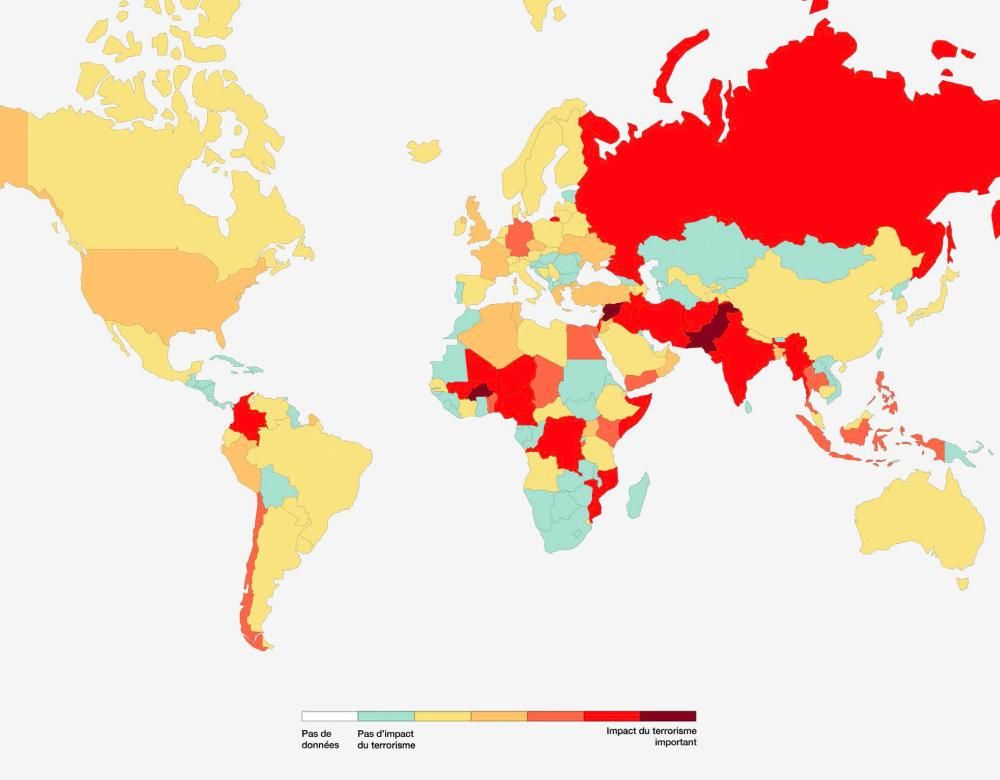
Les attentats en chiffres
400
This is the number of individuals currently in prison in France for acts of terrorism.
General Directorate of Internal Security, 11 April 2025
72%
Before their imprisonment for acts of terrorism, 72% of jihadists incarcerated in France in 2022 had never been in prison before; although 39% of them had delinquent or criminal pasts.
Cahiers d’études pénitentiaires et criminologiques, March 2023
84%
of jihadists imprisoned in France in 2022 presented no or only minor psychological weaknesses (62% and 22% respectively), which refutes the hypothesis of a prevalence of psychological disorders predisposing them to jihadist commitment.
Cahiers d’études pénitentiaires et criminologiques, March 2023
-3.1 %
That’s the decrease in numbers of boys born in France three months after the 2015 attacks. A similar phenomenon had already been observed in the United States in 2001. It may be the result of the acute stress caused by the event and greater vulnerability of male foetuses.
International Journal of Epidemiology, 5 October 2019
96.7 %
The Middle East and Africa are the leading victims of Islamist terrorism: between 1979 and 2024, they concentrated 96.7% of Islamist attacks worldwide. Afghanistan holds the record, with 17,075 attacks leaving 70,038 people dead.
Fondation pour l’Innovation Politique, 2024
26%
of French citizens reckon they have been directly affected by the 13 November attacks. 7% know a victim or direct witness, 3% frequent the attack sites regularly and 16% state they used to frequent them or know someone that lives in one of them.
Bulletin épidémiologique hebdomadaire, November 2018

